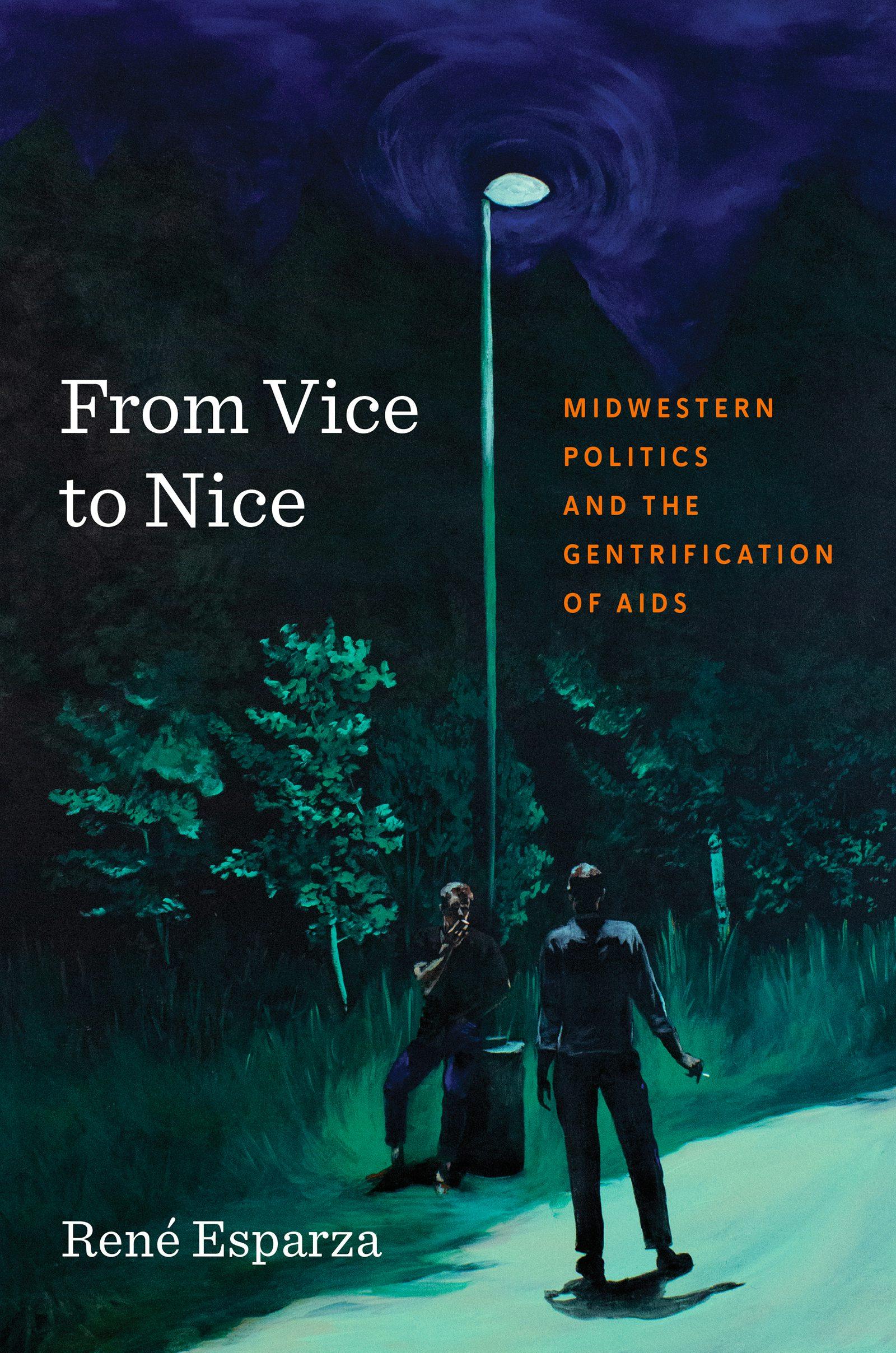In November 1987, Shilts himself arrived in the Twin Cities. He was there to promote his new book, but while in town he took the opportunity to denounce 315 Health Club, Minneapolis’s last gay bathhouse. The fact that it was still open, he told Minnesotans, was “insanity.” He called for its closure—in the name of public health.
Esparza cites this story as an example of a broader campaign by a range of actors, queer and straight alike, to use the AIDS epidemic to effect massive changes to postindustrial Minneapolis and gay life therein. In the 1970s, he writes, before AIDS erupted into the public consciousness, “gay liberationists” and “gay integrationists” in Minnesota struggled fiercely over the direction of the gay rights movement, suddenly formidable in the aftermath of Stonewall. The integrationists sought inclusion within the society around them, no small feat at a time when the American Psychiatric Association still classified homosexuality as a personality disorder, while the liberationists wanted to fundamentally alter society, to radically remake family structures and explode the idea of what was “normal.” In 1974, for instance, the integrationists won an antidiscrimination ordinance in Minneapolis; liberationists fought to have the bill include trans people, but integrationists rebuffed them, believing this would alienate moderate allies. In response, the liberationists formed a coalition with local trans activists and criticized the ordinance for only protecting “straight-looking gays.” At the turn of the 1980s, it was not clear which faction would determine the course of the movement.
The arrival of AIDS “marked a decisive turning point,” Esparza writes, “shattering the stalemate between integrationists and liberationists.” In the face of an unprecedented public health catastrophe, the ethos of liberation—with its orgies and communal sex venues—suddenly struck many, including many queer people, as irresponsible. Perhaps monogamy was safer. The ideal of homeownership—the acquisition of a place in which one could safely, privately have sex, far from the cops or gay-bashers or those of unknown sexual health—flowed naturally from there.
Such a reordering of the gay political agenda coincided with, and accelerated, an ongoing transformation of Minneapolis’s built environment. Throughout the 1970s, city planners and real estate developers sought to eliminate the city’s less reputable establishments, those that might alienate the young professionals that the boosters sought to attract. In the 1980s, AIDS provided the ammunition to turn their visions into reality.

